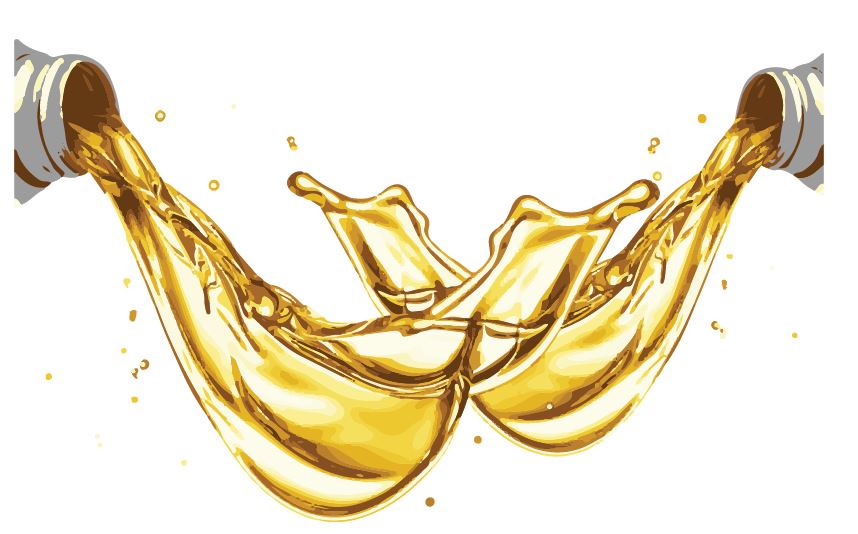While the global demand for finished lubricants in 2013 is up marginally compared to 2012, the marine lubricants industry is showing signs of improvement and is currently undergoing major changes as it adapts to shifts in the shipping industry. Due to new emission regulations coming to fruition, further modifications will occur in the next five to 10 years, impacting the type of fuels that are consumed, engine technology, and emission control devices. As a result, the market is expected to continue its shift towards the use of multiple BN (alkaline) cylinder oils suitable for a specific application. Asia, with a 53% share of the marine lubricant demand, is the largest consuming region, followed by Europe (includes Western and Eastern Europe, Russia, and Turkey) with 22%, and North America with 17% of the demand. The overall market is not expected to grow substantially; however, the Asian demand share is expected to expand further due to the growth of economies in the region spurred alongside increases in their seaborne trade, and consequently leading to amplified lubricant consumption.
Following our coverage of the evolving global marine lubricants market, Kline identifies and develops key insights into the basestock market with its Global Lubricant Basestocks report.
The finished lubricant demand influenced by economic growth and various socio-economic and quality innovations, has a positive correlation to global GDP growth, but with much wider swings in growth rates. While the demand numbers have come close to the pre-recession level, a number of changes have taken place in the market over the last five years. The changes on the lubricant market are in turn impacting the development of the basestock market; primarily influenced by lubricant demand growth, lubricant blend shifts, and changing basestock supply composition. As a consequence of these factors closely analyzed in our report, Kline believes that the basestock industry needs to be thinking of a future very different from the past, refocusing on demand growth and uncommitted new capacity. Kline has also delved into providing key insight into the finished lubricants industry in its Global Lubricants: Market Analysis and Assessment report.
Asia is the epicenter of the global finished lubricants industry, accounting for over 40% of the global demand. North America and Europe combined demand share has declined from about 50% to 40% in part to accelerated GDP growth in Asian, African, Middle Eastern, and South American markets. This growth in emerging markets is spurred on in part due to burgeoning industrialization and high population in Asia-Pacific markets, which leads to increasing demand for lubricants similar in strength to the combined European and North American markets. Following this global report, Kline has undertaken in-depth analysis into some of the leading global finished lubricants markets.
While the economy in China has slowed down, GDP growth is witnessed at 7.7% in 2013 and expected to be maintained at around 7% a year in the next five years; combined with the trends in the major lubricant-consuming industries, this will drive demand for industrial oils. Additionally, the increasing passenger car population is influencing the quick-lubes industry which is expected to grow rapidly over the next five years. The important factors which will positively influence lubricant consumption in China are the gradually reduced switch-over time after the warranty period and the newly issued “three-year guarantee.” The variety of factors scrutinized in our Opportunities in Lubricants: China report are making the Chinese market the world’s most dynamic market, as well as one of the largest lubricant markets driven by a diversified mix of players.

